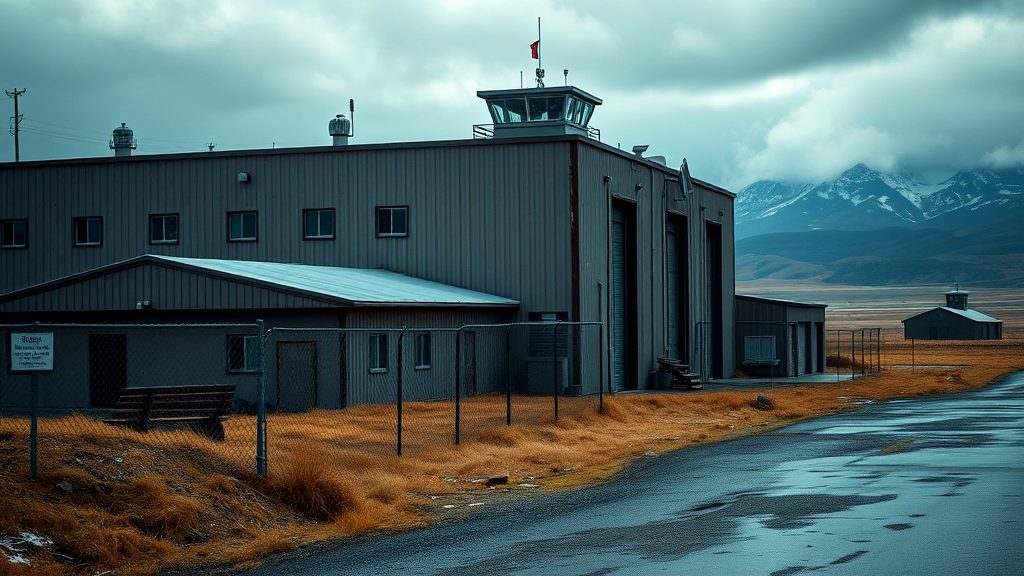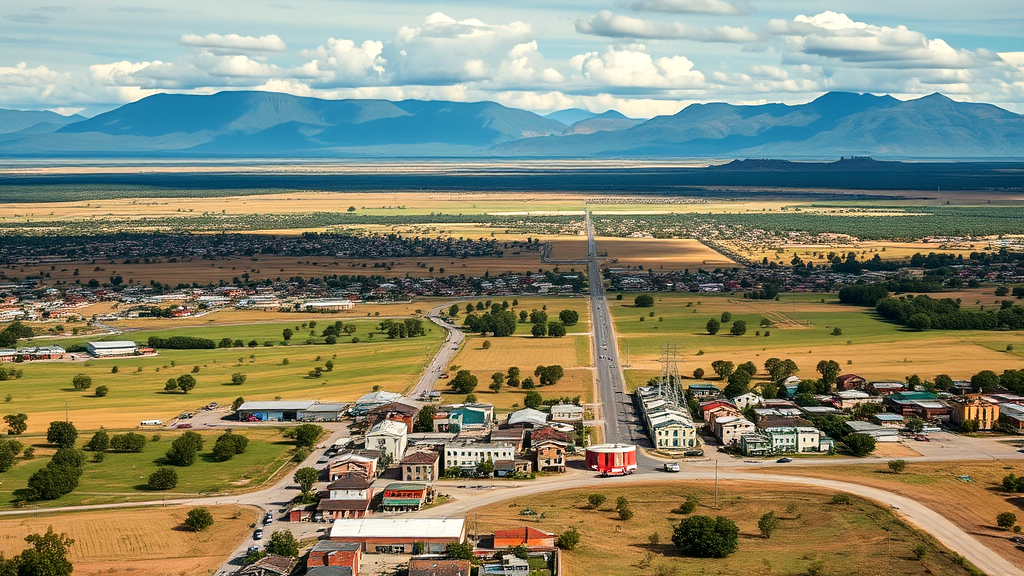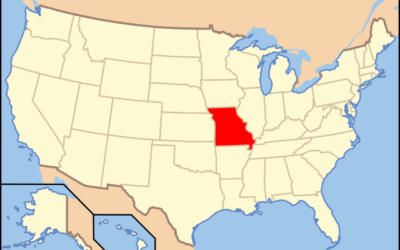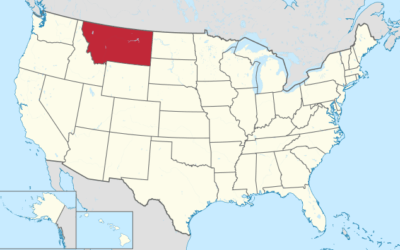Facts About Montana’s Incarceration Problem
Montana’s prison population is alarmingly high, with 758 per 100,000 residents behind bars. This rate outpaces any democratic nation, reflecting a systemic issue. Among those affected, the indigenous people are significantly overrepresented. Native people form just 6.5% of the population but account for a staggering portion of those incarcerated. The prison policy initiative highlights these racial disparities, emphasizing the need for reform. Interestingly, prison gerrymandering changes how incarcerated people are counted, impacting political representation. Montana state prisons also rely heavily on private facilities, raising questions about profit motives over justice. Understanding these dynamics is crucial for addressing the challenges faced by people in Montana and improving outcomes for all affected individuals, including American Indian people.

Growth of Incarceration Over 40 Years
The last 40 years have seen a dramatic rise in Montana’s incarceration numbers. An astounding rate of 758 per 100,000 residents means more people are locked up than in any democratic nation. Approximately 7,700 individuals are behind bars, while another 10,700 are on probation or parole.
A striking 18,000 people cycle through local jails yearly. This heavy reliance on incarceration reflects broader systemic issues. Among those affected, indigenous people face disproportionate imprisonment, highlighting a significant racial disparity. Meanwhile, the end of prison gerrymandering aimed to correct political representation flaws.
Private facilities house nearly half the prison population, sparking debates about profit over justice. These challenges persist, demanding a closer look at the state prisons’ operations. Understanding this complex situation requires insights from resources like the Prison Policy Initiative, which underscore the urgent need for systemic reform.

Comparing Montana’s Rates Internationally
Looking at Montana’s incarceration rates on a global level is like comparing apples to oranges. The state imprisons more of its citizens than any democratic country. This situation raises questions about the reliance on confinement. Montana’s numbers are higher than those found in many countries. It’s a staggering reality that puts the spotlight on systemic issues.
Montana’s approach affects all residents, including indigenous people and other marginalized groups. Indigenous people face disproportionate rates of incarceration, often linked to probation or parole violations. The situation is further complicated by prison gerrymandering, which has skewed political representation and community resources.
The Prison Policy Initiative points out the need for reform. It highlights the critical issues in Montana’s system. For many, change can’t come soon enough. It’s a call to action for those who care about justice and equitable treatment for all people in Montana.

Overrepresentation of Indigenous People
Addressing the imbalance of indigenous people within Montana’s incarceration system reveals deep-rooted issues. Although they represent just 6.5% of the population, they make up a substantial portion of those imprisoned. This discrepancy is a stark reminder of the systemic barriers they face. Many native people are caught in the cycle not due to new infractions but from breaches of probation or parole. Montana incarceration practices often overlook cultural and socio-economic factors, tightening the grip on these communities.
Prison gerrymandering had previously skewed political representation, but recent changes aim to rectify this. Organizations like the Prison Policy Initiative advocate for just treatment of all incarcerated people. They stress that native people need access to services that address these disparities. Recognizing these challenges is essential for reform in both state prisons and community policies. Yet, change won’t happen overnight without concerted efforts and awareness.

Geography’s Impact on Incarceration
Geographical differences influence incarceration rates significantly across Montana. Large urban areas like Billings see more Montana state prisons housing inmates, yet rural counties aren’t far behind. Here, incarcerated people face unique challenges. Access to legal resources is limited, increasing the chance of remaining imprisoned. The indigenous people of Montana face even greater hurdles. They are overrepresented in the system, with many indigenous people incarcerated for minor infractions, reflecting larger socio-economic issues.
Recent efforts to combat prison gerrymandering aim to offer fair representation, but progress is slow. The American Indian people often find themselves trapped in cycles of incarceration, further highlighting the urgent need for systemic change. The question remains: Can these geographical barriers be broken to create a more equitable system for all people in Montana? The path forward requires awareness and action to address these disparities.

Prison Gerrymandering Concerns
In addressing concerns about prison gerrymandering, Montana’s recent reforms have sparked discussions. By ending the practice, the state strives for fair political representation. This shift acknowledges the flawed way incarcerated individuals were counted, especially in state prisons.
The move is crucial as Montana faces a significant incarceration issue. The state imprisons more people per capita than democratic nations worldwide. This includes a high number of American Indian people, disproportionately affected by the system. Many face imprisonment not for new offenses but for technical violations of probation.
Such issues highlight the need for ongoing reform efforts. For more insights into potential solutions, researchers at ScienceDirect explore incarceration’s broader impact here.
Montana’s new approach to counting incarcerated individuals may offer a glimpse of hope. However, bridging these gaps requires more than just changes in counting methods.

Health Needs of Incarcerated Individuals
Addressing the healthcare needs within Montana’s incarceration system presents significant hurdles. Imagine being in a place where regular healthcare is as rare as a unicorn. Montana state prisons don’t charge for medical services, yet older inmates still bear high costs. In this wild west of incarceration, not everyone gets the care they need.
Many incarcerated folks, especially indigenous people, face barriers to adequate healthcare. It’s like trying to fix a car with no tools. The growing number of aging inmates further complicates the situation. Just picture a retirement home without the comfy chairs and shuffleboard.
Efforts to include native people in healthcare services are ongoing but slow. Prison gerrymandering reform may offer some relief, ensuring fairer representation. However, the journey is long, like a never-ending road trip without snacks.
Addressing the needs of people in Montana requires more than just patching holes.
Private Prisons and Profit in Montana
Relying on private prisons in Montana ncarceration sparks debates over ethics and economics. Nearly half of Montana’s incarcerated individuals are housed in for-profit facilities. This setup often prioritizes profit over rehabilitation, raising questions about the motivations behind these institutions.
The numbers don’t lie. With over 7,700 individuals behind bars, the pressure on public and private systems is immense. This dependency on private prisons underscores a broader issue: the commodification of human lives for corporate gain. It’s like putting a price tag on justice.
Such facilities might lack the necessary resources for reform or rehabilitation. This is particularly concerning for incarcerated people who require more than just confinement. The system also impacts the already vulnerable native people, who are overrepresented in Montana’s prisons. This isn’t just a statistic; it’s a call for a reevaluation of priorities and ethics in Montana’s justice approach.

Racial Disparities in Montana Prisons
Scrutinizing racial disparities in Montana’s prisons reveals a troubling pattern. Indigenous people, constituting a mere 6.5% of the population, are alarmingly overrepresented in state prisons. They account for 20% of male and 34% of female inmates. The reasons? Often, it’s not new offenses but technical violations that land them back in prison. This cycle reflects broader socio-economic challenges, amplifying existing disparities. Prison gerrymandering once skewed representation but reforms have begun to address this. Meanwhile, Black residents also face disproportionate incarceration risks, pointing to systemic biases. The geography of the state plays a role too, with both urban and rural areas feeling the strain. This is reflected in the state’s high overall incarceration rate, which surpasses that of any democratic nation. For more on the complexity of these issues, the Montana Budget and Policy Center offers detailed insights on their website.
Resources for Understanding Montana’s System
For those seeking insights into Montana’s incarceration system, there are valuable resources available. The ACLU and similar organizations provide in-depth reports on how the state manages its incarcerated population. They highlight patterns like the overrepresentation of Indigenous people, who face unique challenges and disparities in state prisons.
Additionally, the 2020 Census provides data on how incarceration impacts various regions, showing the broad reach of this issue across Montana. With prison gerrymandering reforms, representation is being recalibrated to ensure fairness in population counts for political districts.
These insights can help understand the hurdles and opportunities for reform. They shine a light on the pressing need for changes in how the state addresses incarceration. Engaging with these resources offers a clearer picture of the current situation and potential paths forward.




0 Comments